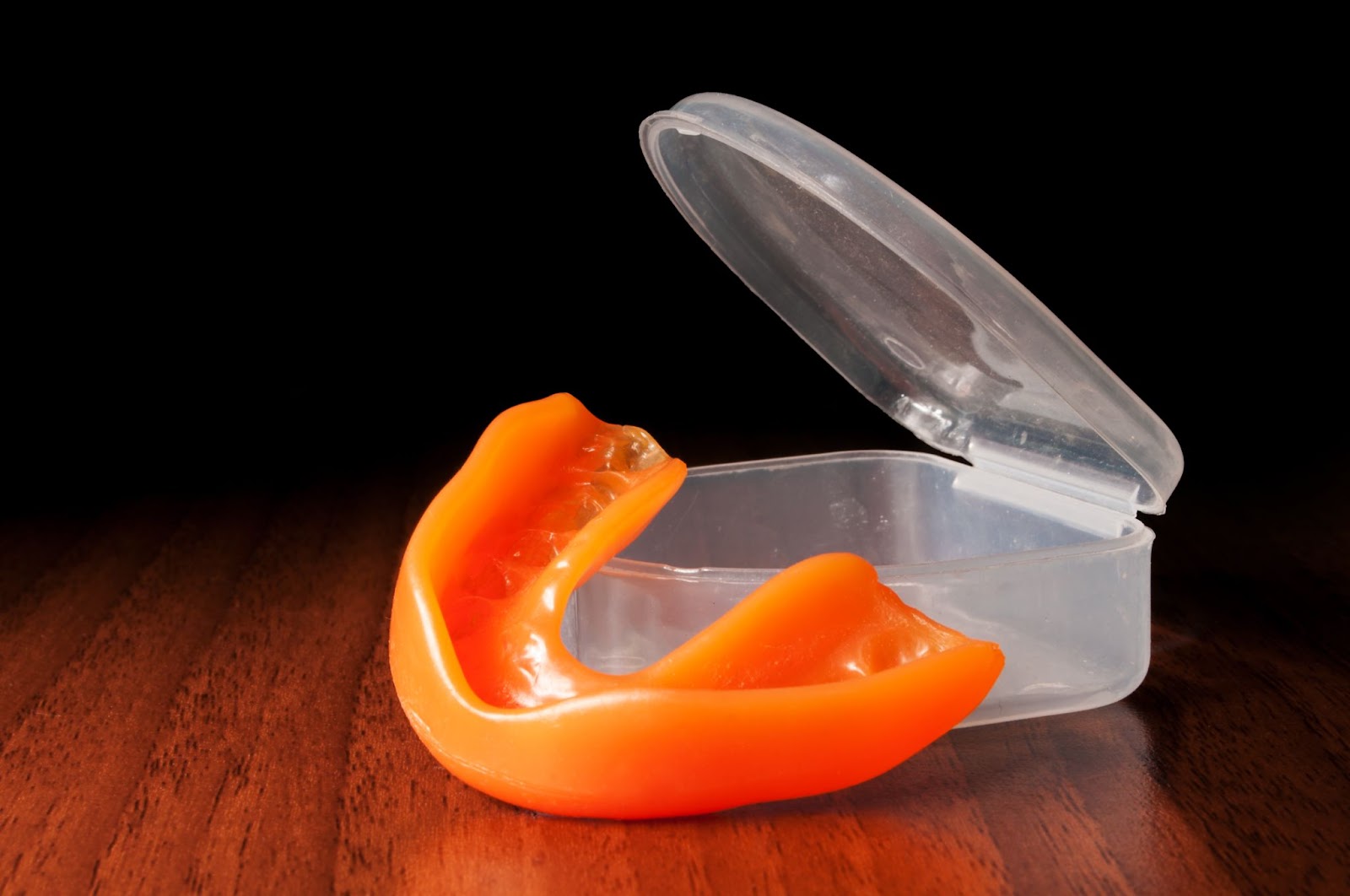How Should A Mouthguard Fit

A Guide to Comfort, Safety, and Performance
Wearing a mouthguard is one of the best ways to protect your teeth, gums, and jaw during contact sports like rugby, AFL, boxing, soccer, and hockey. But for it to be truly effective, it’s critical that your mouthguard fits properly.
In this guide, we’ll walk you through exactly how a mouthguard should fit, common signs of poor fit, and why choosing the right one can make a world of difference — not only for protection but also for your comfort and performance on the field.
Why Fit Matters
A mouthguard that fits well does more than just stay in place. It acts as a shock absorber, helping to prevent injuries such as chipped teeth, gum trauma, broken jaws, and even concussions.
An ill-fitting mouthguard, on the other hand, can slip out easily, cause discomfort, make breathing difficult, and offer little protection when you need it most.
Whether you’re a weekend warrior or a professional athlete, ensuring a proper fit is essential.
Signs of a Properly Fitted Mouthguard
1. Snug and Secure Without Clenching
A well-fitted mouthguard should sit securely over your upper teeth without the need for clenching your jaw or biting down.
-
You should be able to open your mouth, speak, and breathe normally without feeling like the mouthguard is moving around.
-
It should “lock in” naturally to your upper teeth, without shifting during normal movement.
2. Proper Gum and Tooth Coverage
Your mouthguard should cover all your upper teeth and extend slightly over the gums — but not too far.
-
The edge should sit comfortably under your lip line, not so deep it rubs uncomfortably against your palate (the roof of your mouth).
-
A guard that’s too short leaves teeth roots vulnerable; a guard that’s too long can cause irritation or gagging.
3. Comfortable and Non-Irritating
You should barely notice your mouthguard once it’s in.
-
A good fit means no sharp edges, bulky sections, or pressure points.
-
If you’re experiencing gum irritation, mouth sores, or gagging, it’s a sign the guard may be the wrong size or poorly moulded.
How to Check If Your Mouthguard Fits Correctly
Here’s a quick checklist you can use:
-
✅ Stays in place without clenching
-
✅ Covers all the upper teeth and part of the gum line
-
✅ Allows you to speak clearly and breathe freely
-
✅ Feels comfortable with no sharp or bulky areas
-
✅ Does not press too far onto the soft palate at the back of your mouth
If your mouthguard ticks all these boxes, you’re good to go. If not, it might need refitting — or replacing altogether.
Common Problems with Poorly Fitted Mouthguards
-
Too Loose: Falls out easily when you open your mouth.
-
Too Tight: Causes jaw pain, tooth soreness, or difficulty breathing.
-
Too Bulky: Makes speaking difficult and can cause gagging.
-
Not Enough Coverage: Leaves teeth or gums exposed to injury.
Choosing the Right Mouthguard for the Best Fit
There are three main types of mouthguards:
-
Stock Mouthguards – Pre-formed and ready to wear. Often inexpensive but may not fit well.
-
Boil-and-Bite Mouthguards – Made from thermoplastic material that you soften in hot water and then mould to your teeth. These offer better fit and protection than stock guards.
-
Custom-Made Mouthguards – Created by a dentist from an exact model of your teeth. These offer the best possible fit, comfort, and protection, but are typically more expensive.
For most athletes in Australia, especially those playing full-contact sports, a custom-fitted or well-moulded boil-and-bite mouthguard is highly recommended for both safety and performance.
Tip: If you wear braces, make sure you have a mouthguard specially designed to protect both your brackets and your teeth.
How to Care for Your Mouthguard
Taking care of your mouthguard properly will help maintain its fit and hygiene:
-
Rinse with cold water or mouthwash after each use.
-
Clean gently with a toothbrush and mild soap.
-
Let it air dry thoroughly before storing.
-
Keep it in a ventilated case to prevent bacteria build-up.
-
Avoid hot water, direct sunlight, or leaving it in a hot car — heat can warp the material.
-
Replace it at the first signs of wear and tear.
Most experts recommend replacing your mouthguard every 6–12 months depending on use, or sooner if it becomes damaged.
Summary: Get the Right Fit, Stay Protected
An ideal mouthguard should feel comfortable, stay in place without effort, and provide full coverage to protect your teeth and gums.
If your current guard doesn’t meet these standards — or if you’re struggling to breathe, speak, or keep it in place — it might be time for an adjustment or a new one.
The right mouthguard doesn’t just protect your smile — it can give you the confidence to play your best, knowing you’re properly shielded against injury.
Ready for a Better Fit?
Finding the perfect mouthguard can be tricky, but our team is here to help.
Book a consultation today to discuss the best mouthguard option for your sport, age, and needs.
Stay safe, play strong — and protect your smile for life.

